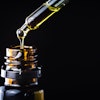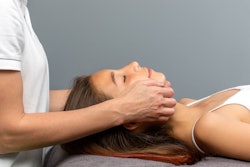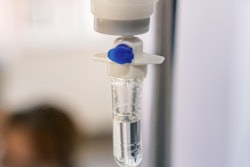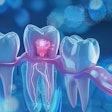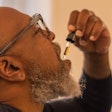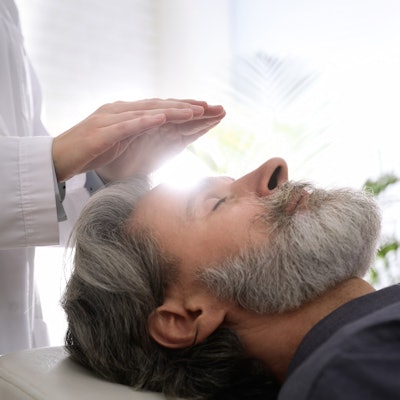
Hypnosis is a safe, effective, and inexpensive technique that could be used in place of anesthesia during dental procedures, according to a clinical report published on July 28 in the Journal of the American Dental Association.
In the small study, three women successfully underwent dental procedures under hypnosis rather than traditional sedation. The authors believe the report to be the only case series published that evaluates hypnosis as the sole anesthetic for patients in dental settings.
"Hypnosis can be used for sedation in most patients and as a stand-alone technique in those with appropriate hypnotic susceptibility, improving the well-being and safety of patients," wrote the group, led by Dr. Enrico Facco from the department of neurosciences at the University of Padua in Italy.
The technique
To determine whether oral surgery could be performed on patients under hypnosis without sedation, the researchers enrolled three women between the ages of 34 and 49. Two of the women had previous difficulties with medical anesthesia, including an anaphylactic reaction to local anesthetic and a paradoxical reaction to pharmacological sedation.
Prior to their surgeries, the patients underwent two sessions to assess their perioperative risk, level of anxiety, hypnotic susceptibility, and capacity to develop complete hypnotic analgesia.
On the days of their surgeries, the women closed their eyes, concentrated on their bodies and breath, and imagined lying on a tropical island's beach. The authors then induced hypnotic-focused analgesia using the following steps:
- They suggested they were administering local anesthetic, while repeatedly touching and rubbing the cheek.
- They said local anesthesia caused the sensation on the cheek.
- They said the sensation was a sign that the cheek, teeth, and gums were going numb.
- They suggested the women not pay attention to the operative setting, including the teeth, gum, and skin.
Within nine minutes, all three patients obtained hypnotic analgesia. The team then successfully performed several procedures on the women:
- The 34-year-old woman underwent a 15-minute third molar surgery and a 120-minute mucogingival surgery.
- The 47-year-old woman underwent a 15-minute third molar surgery.
- The 49-year-old woman underwent a 45-minute procedure to remove a first molar and place an implant, as well as a 120-minute procedure for maxillary bone augmentation plus two implants.
The authors told the patients they could take ibuprofen or acetaminophen for pain, if needed, after the procedures. When they called the patients that evening and the next day, the women said they felt well and did not need to take any medications.
History of hypnosis in medicine
Using hypnosis in the dental office is not a new idea. Before the advent of modern sedatives and analgesics, the medical community successfully used hypnosis in hundreds of surgical procedures, the authors noted. In fact, it was a Scottish surgeon who coined the term hypnotism, which he believed placed a person in a state of sleep or trance.
Despite its reported effectiveness, hypnosis never became very popular in the medical community. Most medical professionals in the 17th and 18th centuries shunned hypnosis for political and cultural reasons. Instead, the medical community focused on finding anesthetics and sedatives for the safe practice of dentistry.
But in recent years, medical professionals, including the authors of this report, have begun revisiting hypnosis as an analgesic due to its lack of side effects. If the findings of this small study are any indication, hypnosis could be used cost-effectively in dental practice and also help physicians better understand and meet the subjective needs of patients, the authors wrote.
"Alone or combined with local anesthetics, sedatives, or both, hypnosis can contribute to achieving the best outcome in terms of a patient's tranquility and full analgesia with the lowest dose of drugs or none at all," Facco and colleagues concluded.

